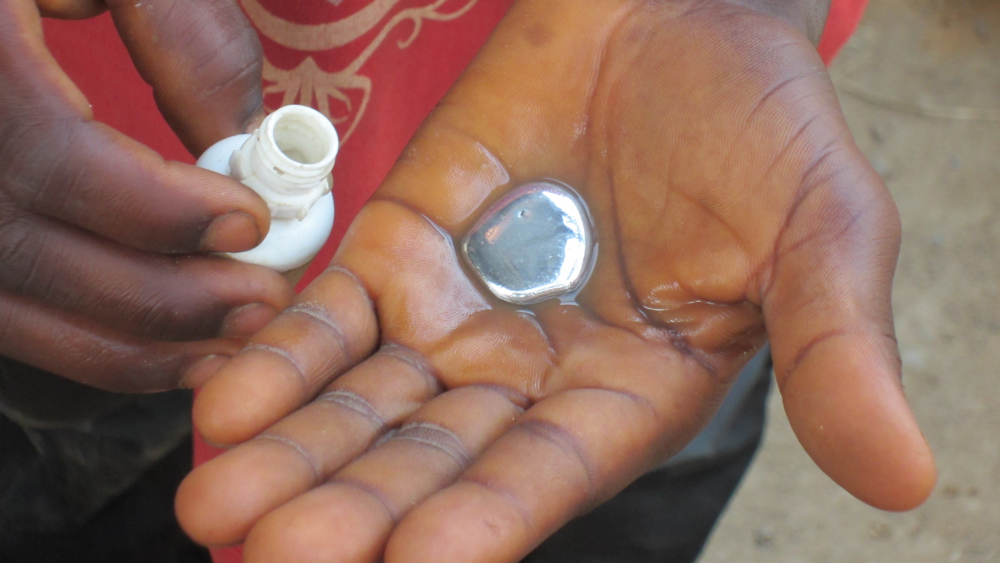Around the world, extractive industries have repeatedly caused dramatic environmental and social changes by displacing and resettling local communities, damming or diverting rivers, cutting down forests and poisoning water and air with pollutants and chemicals. Across Africa, toxic waste and residues from mines have contaminated surrounding waters, soils and human bodies, destroying agriculture and fisheries. Also, once active mining operations cease, and extractive facilities and sites are closed, the wide-reaching and, at first, often invisible environmental impacts accumulate over decades and persist for centuries.
While developments in international legislation since the 1980s have strengthened environmental standards, understandings of what environmental disruptions these processes of extraction and their waste exactly cause; what they mean and who has access to this knowledge, diverges and remains fragmentary. Whereas in some places, extractive industries have led to protests and conflicts around ecological justice, resource distribution and land reclamation, in others they have not. Despite the mining sites’ harmful impact on the well-being of countless organisms, including humans, they have also created employment and livelihoods. Some of these developments have changed community structures and local economies. Women, for example, are increasingly visible in artisanal and small-scale mining, taking part in processes such as gold washing. This provides them with socioeconomic resources that they were unable to access before, altering gender expectations and structures within the family and larger communities. Yet, what do they know about the potential health risks involved, and what access to health care do they have? Moreover, mining sites are also often places of abuse and exploitation ranging from child labour to other physical and sexual maltreatments, impacting vulnerable persons and communities differently. To be able to understand the reactions to environmental transformations and harms and hazards that extractive industries entail, we thus need to take into account what mining means not only in terms of risks but also opportunities and the socio-cultural and economic attachments they generate for the different communities.

A 12-year-old boy shows the mercury he carries in his trousers’ pockets for gold processing in Homase, Amansie Central district, Ashanti Region. © 2014 Juliane Kippenberg/Human Rights Watch.
Large- and small-scale (or artisanal) mining are different in terms of their organization, work hierarchies, the impact on communities and landscape, yet similar topics cut across both kinds. Potential topics one could study within this thematic cluster are:
- What pollution/exposure risks arise in a site/industry, and how are these experienced?
- What are forms of pollution arise from mining, and how is this documented?
- What knowledge and access to health care services do workers and communities have?
- How do workers, residents, healthcare workers and others perceive risks of pollution associated with extractive industry for water, soil and air, landscapes and wildlife?
- What are the long-term effects of extractive industries?
- What remains after mining sites are shut and industries have left? Are there visible, measurable, or suspected chemical residuals?
- How are these monitored, and what forms, if any, of bioremediation are used?
- What do people remember about past pollution and health effects?
- What health and other concerns do the hidden legacies of extractive industries raised?
- Is there resistance/activism against the toxic impact of present and past extractive industries?
- What local struggles and protests arise from the perceived and experienced effects of active or past processes of extraction?
- What different groups of activists are involved, ranging from environmental protestors and (I)NGOs, human rights advocates, labour unions, community and workers?
- How have changes in national and international legislation altered environmental standards and perceptions of mining impacts?
If you want to discuss this topic, please get in touch with: p.w.geissler@sai.uio.no
